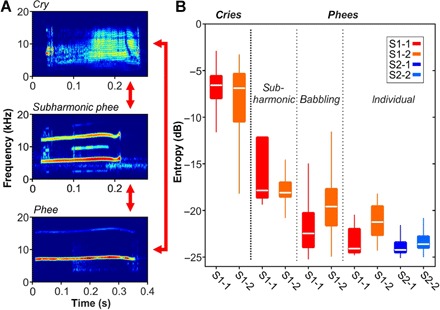Fig. 3. Transformation of infant marmoset calls into adult phee calls.

(A) Examples of a cry, subharmonic phee, and proper phee call. As recently suggested, infant-specific cries transform to subharmonics and phees, and subharmonics transform to phees during vocal development and coexist to a certain degree during the subadult stages. (B) Median entropy distributions of distinct call types of S1 monkeys indicating different levels of maturity (cries, subharmonic phees, phees produced in babbling-like behavior, and individual phees) and proper phee calls of S2 monkeys. Horizontal lines inside the boxes represent the median entropy of cries, subharmonic phees, phees produced in babbling-like behavior, and individual phees of the S1-1 (red) and S1-2 (orange) subjects and the phees of the S2-1 (blue) and S2-2 subjects (light blue). Boxes represent the interquartile range (25th to 75th percentile), and whiskers indicate the 3rd and 97th percentiles.
